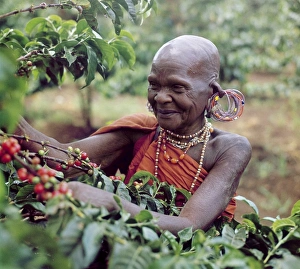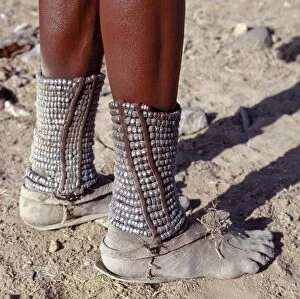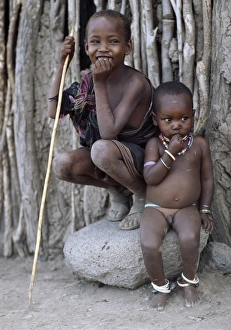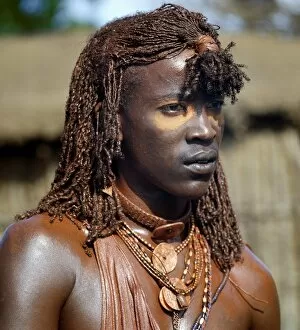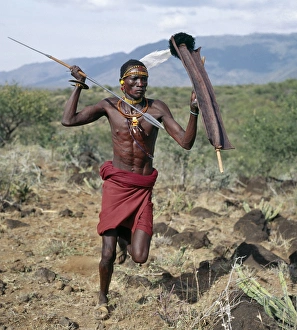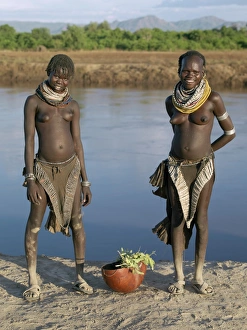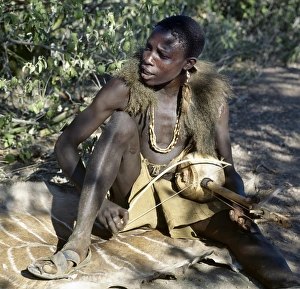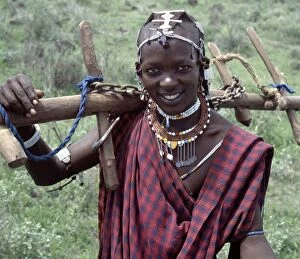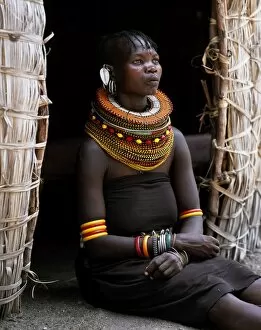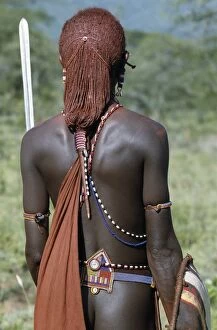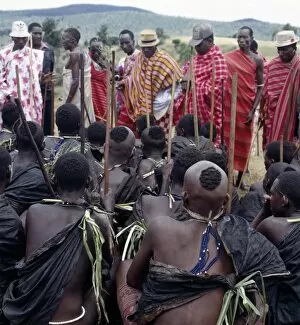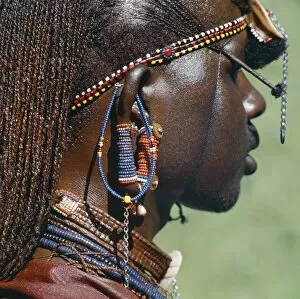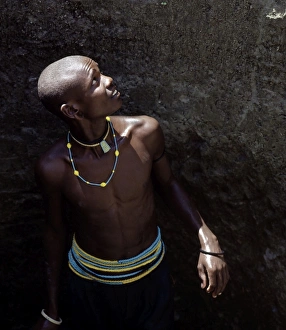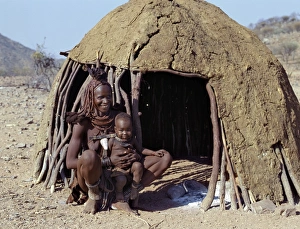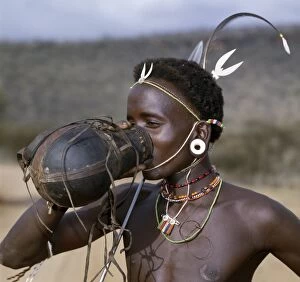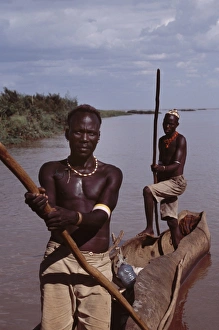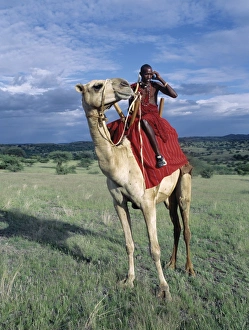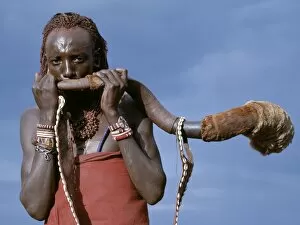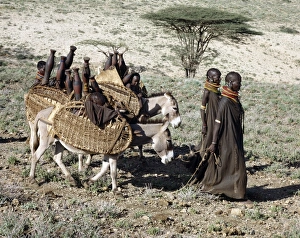Tribal Jewellery Collection
"Tribal Jewellery: A Glimpse into Cultural Adornments" In the vibrant world of tribal communities, jewellery serves as a powerful expression of identity and tradition
All Professionally Made to Order for Quick Shipping
"Tribal Jewellery: A Glimpse into Cultural Adornments" In the vibrant world of tribal communities, jewellery serves as a powerful expression of identity and tradition. Young Msai girls gracefully decorate their faces with ochre, symbolizing their coming-of-age journey into womanhood. Meanwhile, an old Kikuyu lady delicately picks coffee in a snapshot captured during the 1960s, her weathered hands adorned with intricate bracelets that tell stories of resilience and hard work. Amongst the Himba tribe, anklets are not just mere accessories; they are an integral part of every woman's attire. Almost every Himba woman proudly wears these ankle adornments, creating a harmonious symphony as they move through their daily lives. In another striking image, a Samburu warrior stands tall with his long braided hair coated in ochre - a testament to his strength and bravery. The Datoga boys exude youthful energy as they showcase their unique sense of style by adorning themselves with beads from head to toe. Similarly, a young Datoga boy catches our attention with his captivating attire made up of colorful beads that reflect his vibrant spirit. A Himba woman captivates us in her traditional attire - her beauty radiating through each carefully crafted piece she wears. The mesmerizing sight continues as we encounter a Maasai warrior whose long braids and body coated in ochre paint evoke both admiration and awe. As we delve deeper into this enchanting world, we witness the fierce battle cry of another Maasai warrior who fearlessly embraces his heritage while defending it passionately. The contrasting leather aprons or skirts worn by two Nyagatom girls remind us that even within tribes there exists diversity yet unity. Our journey takes us further to encounter a Mursi woman wearing an extraordinary large clay lip plate - an emblematic representation of beauty according to her culture's standards.

